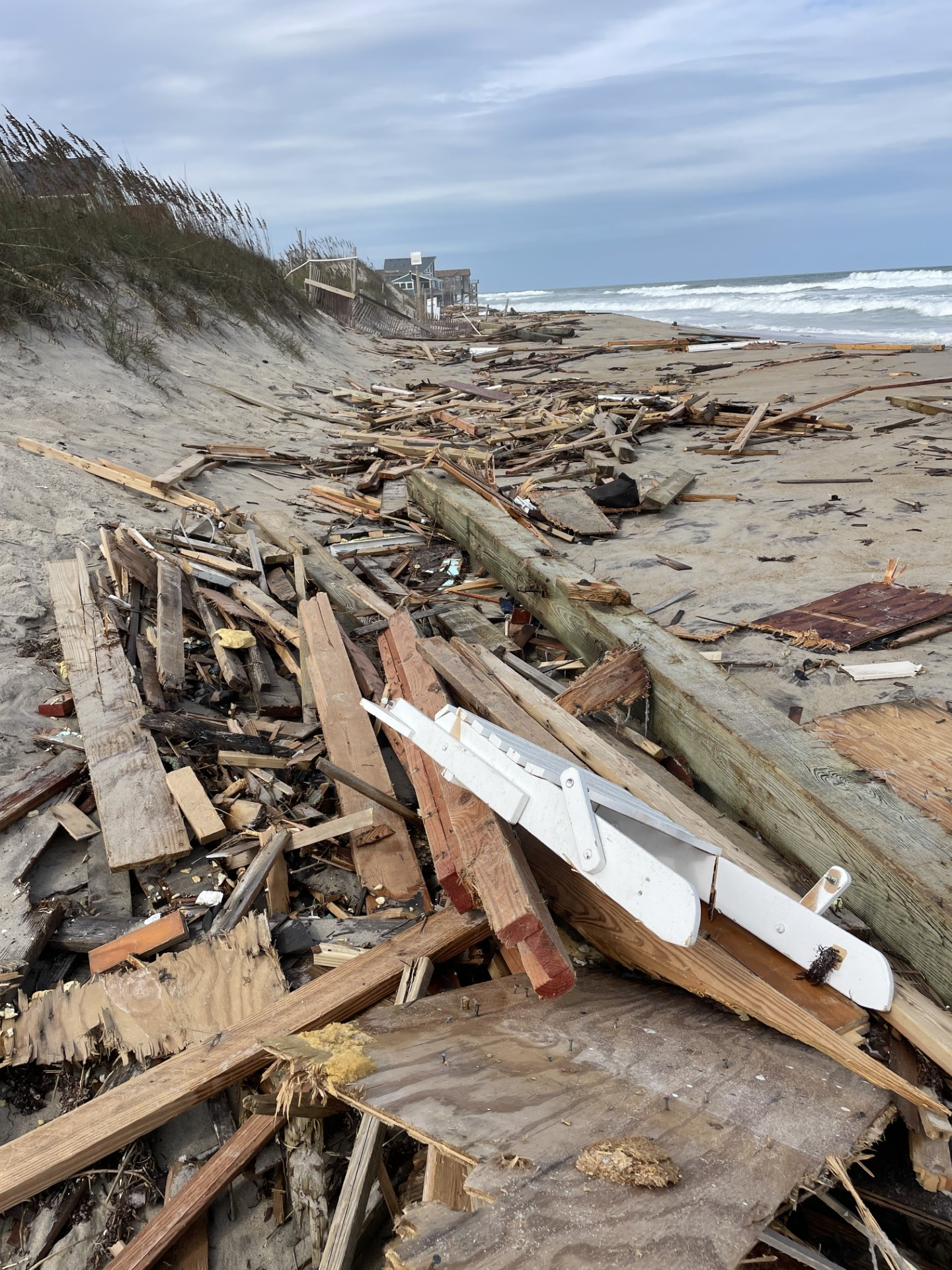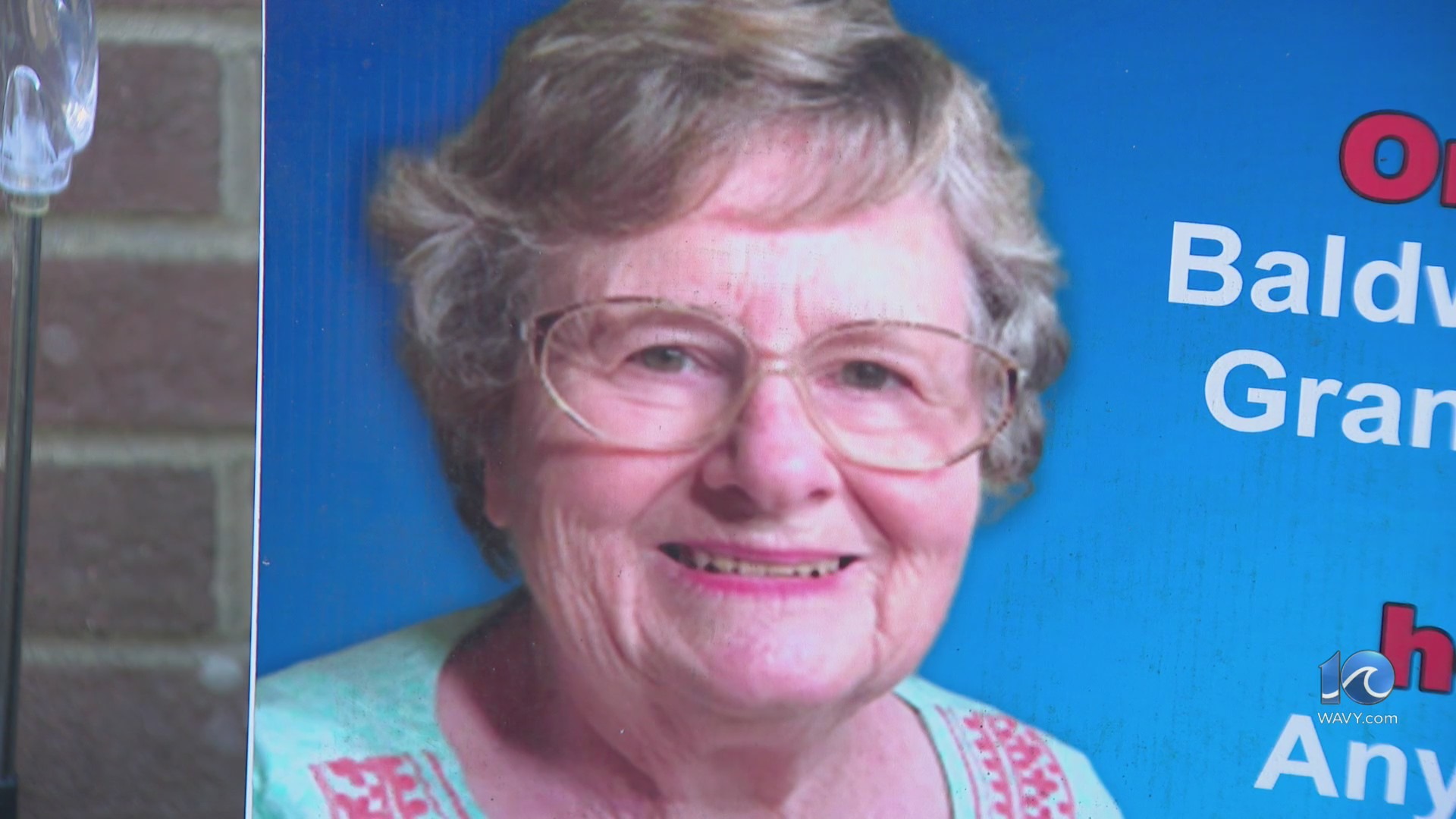For Veterans Voices, Nexstar’s Ross Simpson narrates his visit to a Memorial Day ceremony in Brunswick, Maryland during the coronavirus pandemic.
(WDVM) — Honoring the nation’s veterans on Memorial Day with flags placed on their graves and ceremonies in cemeteries across the country was very difficult due to the coronavirus pandemic and stay at home orders issued by Governors like Larry Hogan in Maryland, but some veterans at American Legion Post 96 in Brunswick, Maryland found a way around the restrictions.

An honor guard of other veterans from the post visited 15 small cemeteries between Boonsboro and Burkittsville where they not only placed flags on the graves of veterans, but also saluted them with a brief ceremony.

“Detail.. Port Arms… Right Face … Ready… Aim ..Fire,” shouted Post Commander Dave House as four veterans raised their World War Two-era rifles and fired blanks into the misty morning air at historic St. Mary’s Catholic Church in Petersville, Maryland.

Neighbors could hear volley after volley of rifle fire, and House thinks veterans buried beside the church also heard the gunshots. “There’s no doubt they heard us,” said House as the Honor Guard collected the spent shell casings scattered on the ground.

“We honor the memory of those who gave their life in service of our country,” said Post Chaplain Teri-Smith Jones, a retired U.S. Army Colonel, “and others who have dropped their burdens along the wayside of life and have gone to their eternal rest.”
House agrees. “We keep the memory of those who went before us. When you forget, that’s when you truly die. So we keep their memory and their names alive in spirit, because you’ll never die as long as somebody remembers you,” said House as the ceremony ended with the bugler, former Airman First Class Karen Ramirez played the last note on her digital trumpet.

As I videoed the closing ceremony, I noticed a gentleman standing next to the bugler snap to attention and salute.
That gentleman was 73-year-old Robert Dozier, an Army veteran who grew up in Rockville, but now calls Brunswick “home.”
When I asked Dozier as he stood among the headstones in the cemetery what he was thinking as he looked at graves dating from the 1850s to the present day, he replied, “Each of them have a story to tell,” said the combat veteran.

“How about your story,” I asked. “Where did you serve? Dozier replied, “Vietnam, 1968. Recon.”

Asked if he spent a lot of time behind enemy lines, the former Army sergeant said, “We never knew. There were no lines.
When asked what it was like out there in the jungle, Dozier said there were good days, but mostly bad days. And he added, “Bad days were when you lost friends.”

When asked what it was like out there in the jungle, Dozier said there were good days, but mostly bad days. And he added, “Bad days were when you lost friends.”
Dozier who was awarded three Purple Hearts hung his head and said, “A lot of good men never came home.”

Dozier was sent home after being wounded a third time in the Mekong Delta. It’s like baseball, three strikes and you’re out.
Although Fourth of July celebrations this year were also curtailed by COVID-19, the day is always special to Dave House. He was born on the Fourth of July.


Master Sergeant House, who did two tours in Berlin, watched as concrete sections of the wall that separated East Germany from West Germany came crashing down on November 16, 1989.
“I was a block and a half from the Brandenburg Gate when the wall was torn down by West Germans,” said House, who took a piece of the wall as a souvenir.

“It was amazing to see the border between the East and West open up again,” said House, “Oh Yeah, especially meeting people who ten years earlier would have shot me,” laughed House.
After House and his Honor Guard left, I strolled through the cemetery looking at the graves of veterans and noting their branch of service on bronze grave markers. A marker at the rear of the cemetery caught my eye.

The stone monument honors more than 160 enslaved people who worked on the nearby Lee Plantation and built St. Mary’s Catholic Church in the early 1800s.














